The Ames room illusion - Tales from the Prep Room
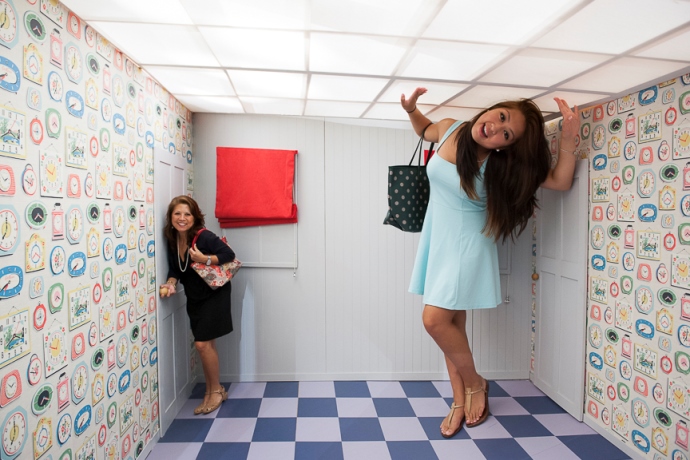
Optical illusion
An Ames room is a distorted room that is used to create an optical illusion. Likely influenced by the writings of Hermann Helmholtz, it was invented by American ophthalmologist Adelbert Ames, Jr. in 1934, and constructed in the following year.
The room is created with no right-angles. It’s designed to be viewed from one point of view, where everything looks correct. From any other angle, the room looks completely distorted. What’s cooler about the Ames room, is when humans are added to the scene, and it really begins to play with your mind. It’s really just like Alice in Wonderland, people seem to grow and shrink before your eyes!
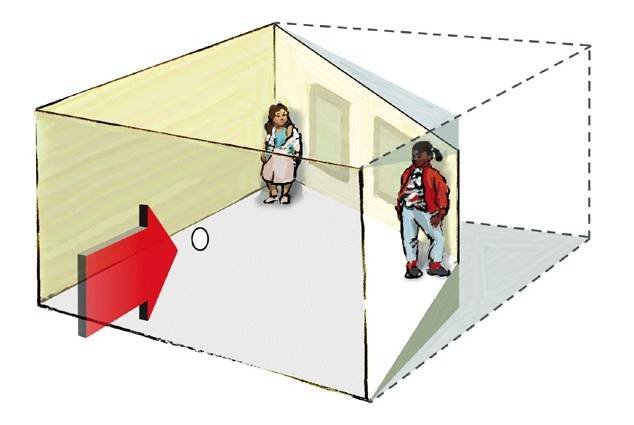
Creating an Ames Room is not easy. The original was built in 1934, many decades before complex CAD or 3D rendering software. Everything was done by eye, paper and complex calculations!
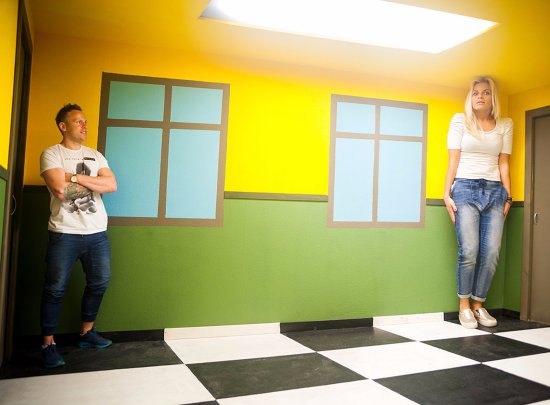
Upon viewing people or objects within an Ames room, there is a loss of normal perspective. As a result of the optical illusion created by the distorted room, a person standing in one corner appears to the observer to be significantly larger than a person standing in the opposite corner while the room appears to be a normal rectangular shape. This is taken to indicate the significant role past experience has on our interpretation of our perceived world.
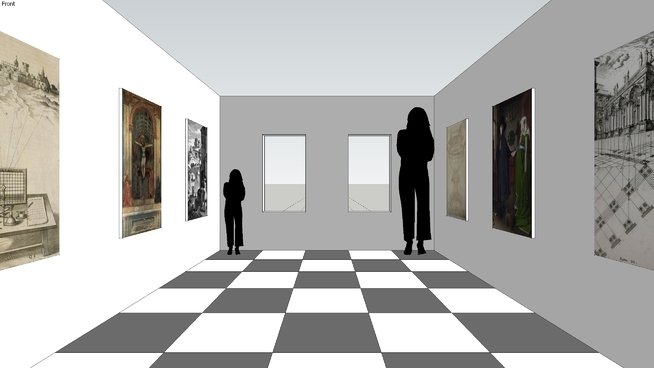
There is nothing surprising in our perception of the empty room as normal, for the image we see through the peephole is identical to that which would be received from a normal rectangular room. However, when people stand in the room there is a conflict. The person in the further corner has a smaller image, due to their greater distance from the observer as compared to a person in the nearer corner. What is surprising is that observers see the people distorted in size and the room retains its rectangular shape, presumably because we are used to seeing rectangular not trapezoidal rooms. Thus, an adult in the further corner will appear smaller than a child in the nearer corner. Ames and subsequent researchers used this phenomenon to demonstrate the importance of experience in perception. We favor the mistaken perception of a normal room and wrongly see the people as different sizes.
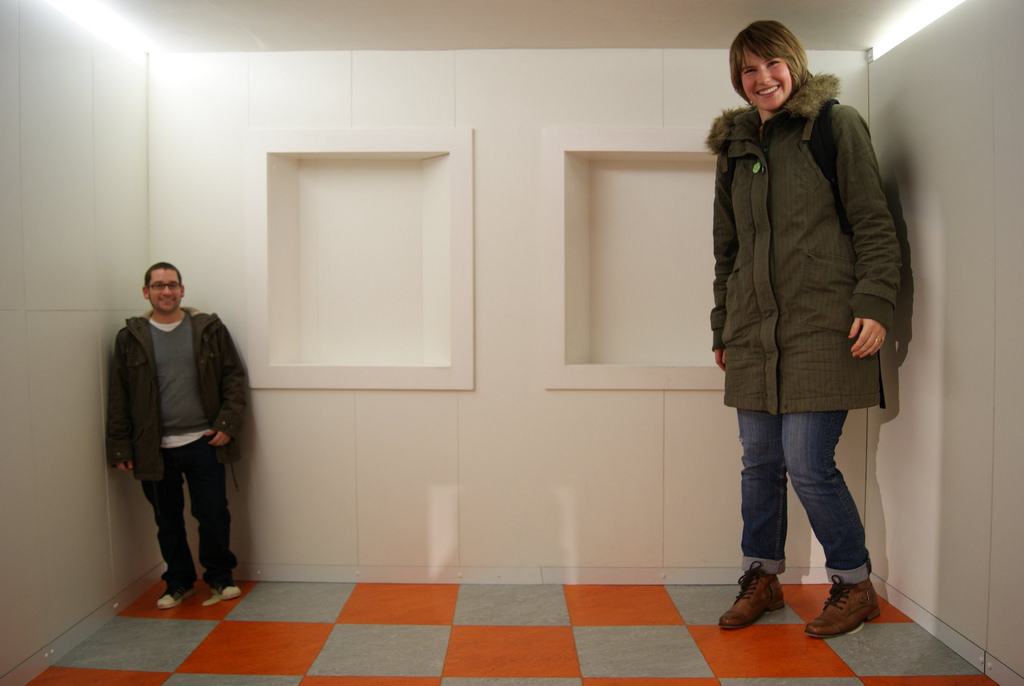
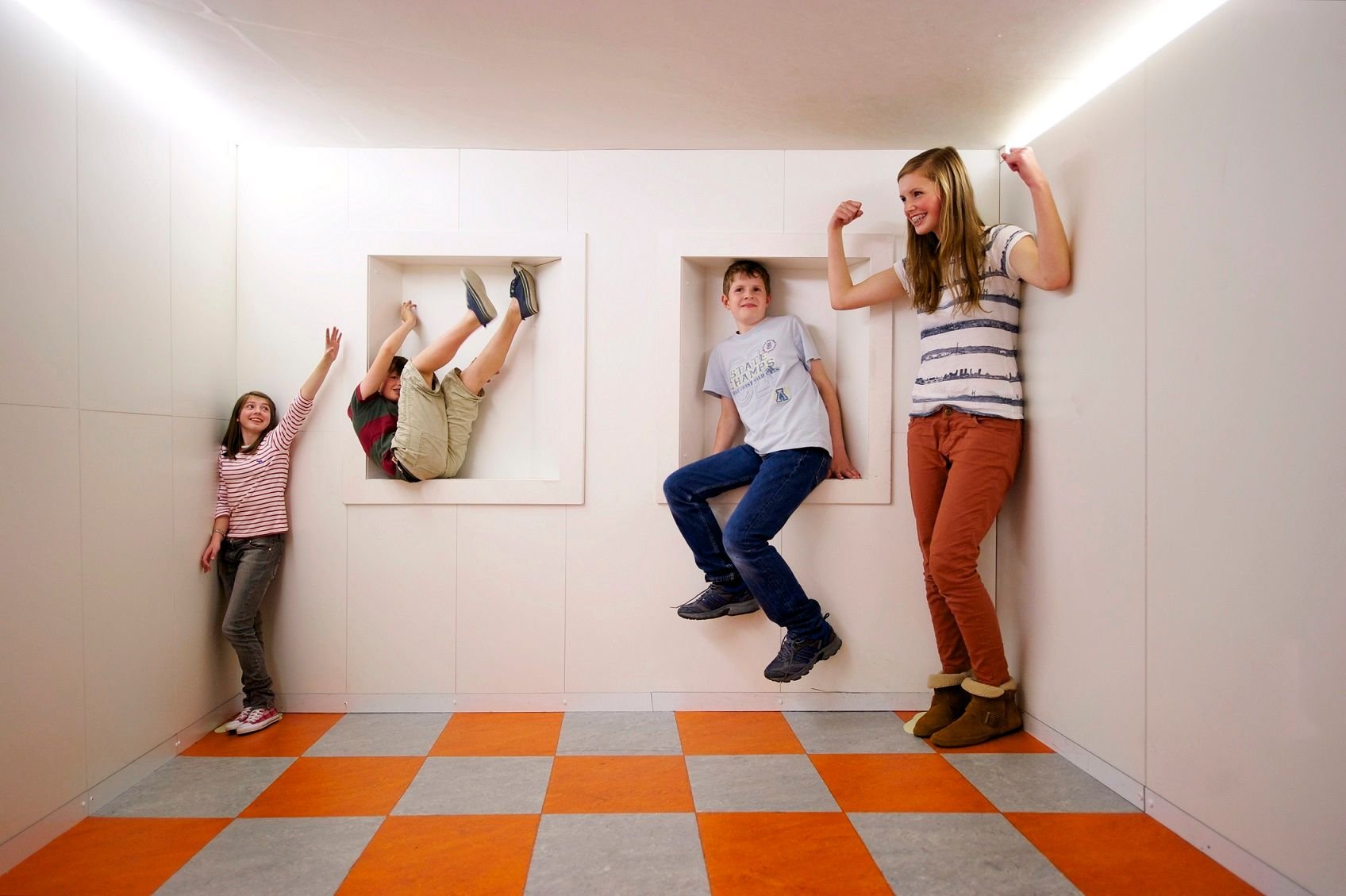

No comments